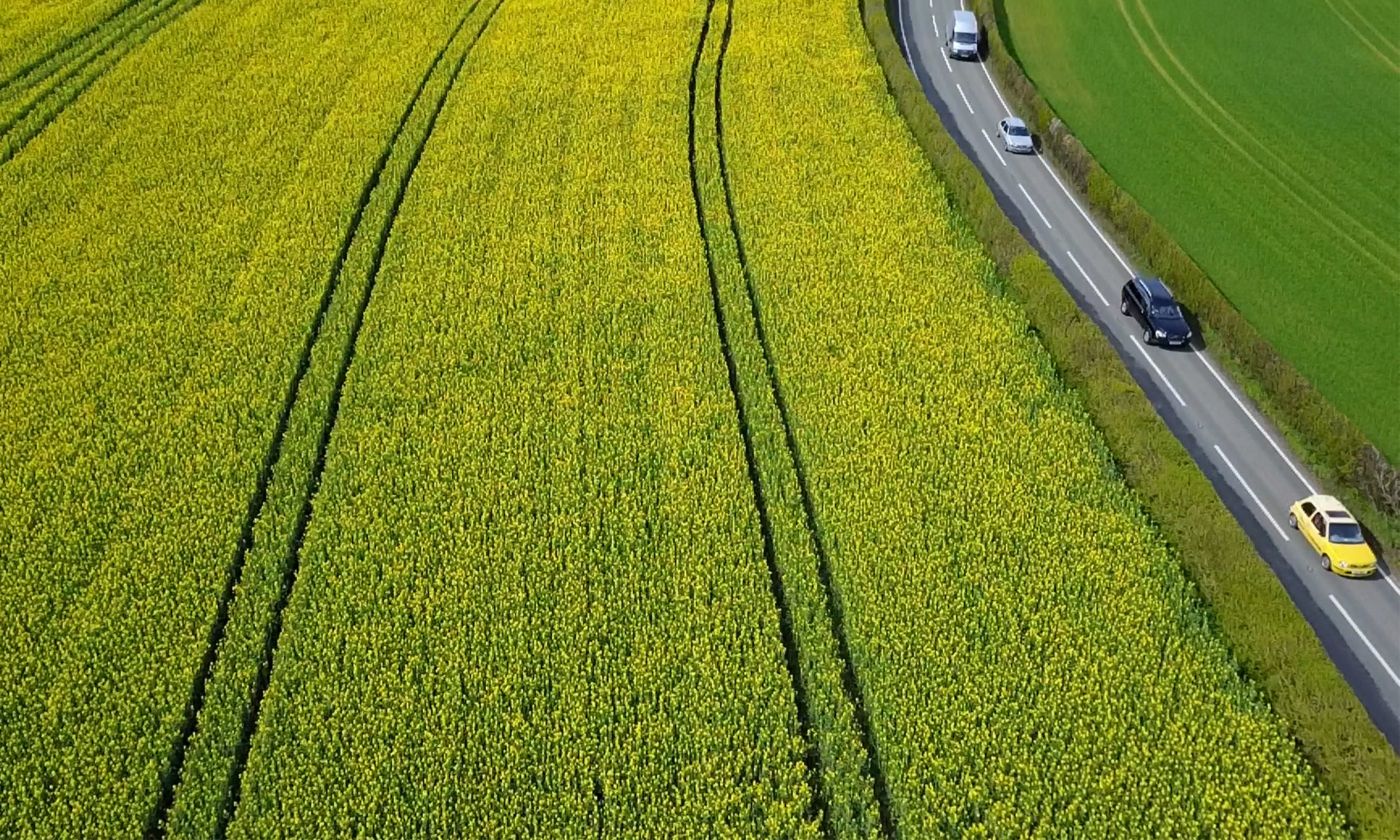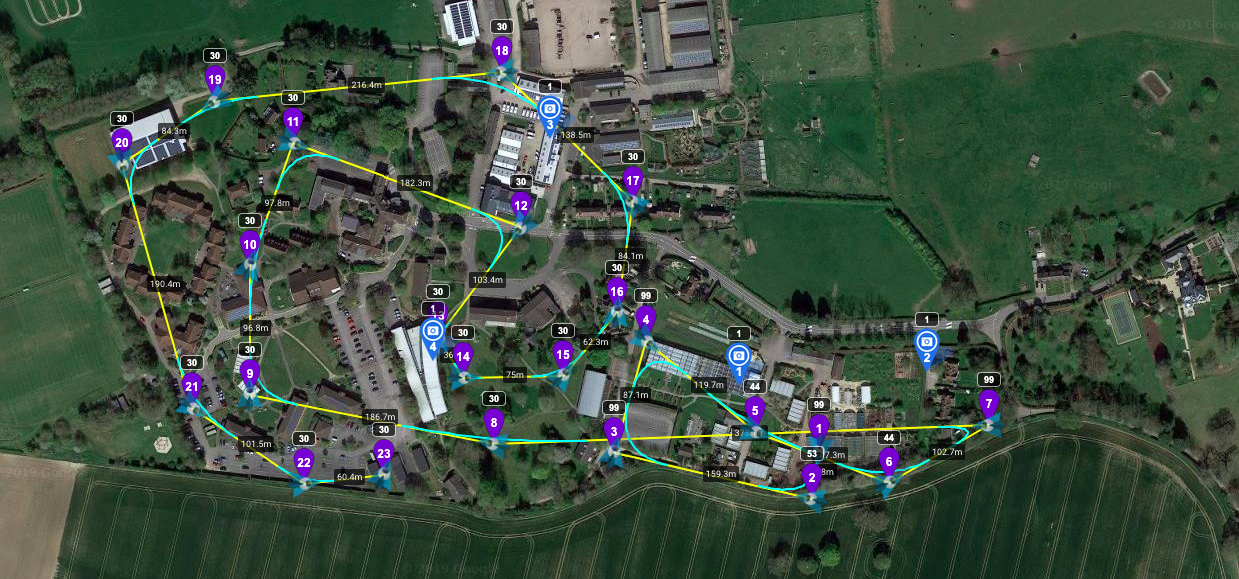This list is dynamic, so check back or contact us is you think there’s something missing!
AAIB Air Accident Investigation Branch
Airprox Aircraft having unplanned close proximity in the air
AN Anchor Nodes
AOA Angle of Arrival
AP Access Point
Aplanatic lens A lens that has been corrected for spherical and chromatic aberrations (also relevant is Apochromatic lenses, corrected for Red Green Blue).
BMFA British Model Flyers Association
BVLOS Beyond Visual Line of Sight
CAA Civil Aviation Authority (UK)
CAD Computer aided design. A general term for computer programs such as DS Solidworks, AutoCad, 3DSMax, blender, etc.
CAP Civil Aviation Publication
CSAIL Computer Science and Artificial Intelligence Laboratory
Diffraction The effect a surface has on a light source
DF Drone Factor Ltd
DJI Dà-Jiāng Innovations
Reproduction and Copy-paste of this list is prohibited.
DSM Digital surface model
EASA European Aviation Safety Agency
EKF Extended Kalman Filtering
FAA Federal Aviation Administration
GLONASS Global Orbiting Navigation Satellite System
GNSS Global Navigation Satellite System (Galileo)
GPS Global Positioning System
IPP Integration Pilot Program
IPS Indoor Positioning System
IR Infra-Red (light)
KF Kalman Filter
Lipo Lithium Ion Polymer Battery
LOS Line of Sight
MERSAR Merseyside Search and Rescue
NARI Next Era of Aviation
NASA National Aeronautics and Space Administration
NLOS Non-Line of Sight
NN Nearest Neighbour
Reproduction and Copy-paste of this list is prohibited.
OM Optical Metrology. Measurements made through optical sensors.
OSC Operational Safety Case
PfCO Permission to Fly Commercial Operations
PIC Pilot (or Person) In Command
Refraction Bending of light by a medium (eg water, glass)
RGBD Red/Green/Blue + Depth
RGB Red/Green/Blue (light detection)
RTH Return to Home
RSS Received Signal Strength (also known as RSS, depending on system)
RSSI Received Signal Strength Indication/Indicator
Rx Receiver (radio link)
SfM Structure from Motion is a photogrammetric range imaging technique for estimating three-dimensional structures from two-dimensional image sequences that may be coupled with local motion signals (Shapiro 2001)
SLAM Simultaneous localization and mapping (of objects/points in an image).
Reproduction and Copy-paste of this list is prohibited.
Specular Gloss Relative reflectivity of a surface or object.
SUA Small Unmanned Aircraft
TDOA Time Difference of Arrival
TN Target Node
TOA Time of Arrival
Tomography/tomographic scans In this context, tomographic scans are essentially instances of a scan repeated over time, so one can see any movement or changes in the scene.
UAS Unmanned Aerial System
UAV Unmanned Aerial Vehicle
UK United Kingdom
USD United States Dollars
UTM Unified Traffic Management
UWB Ultra-wide Band
VLOS Visual Line of Sight
WRCFS Wirral Remote Control Flyers Society
XY measurements made in 2 dimensions only: X axis (horizontal), Y axis (vertical)
XYZ measurements made in 3 dimensions: X axis (horizontal), Y axis (vertical) and Z axis (depth)
Reproduction and Copy-paste of this list is prohibited.



